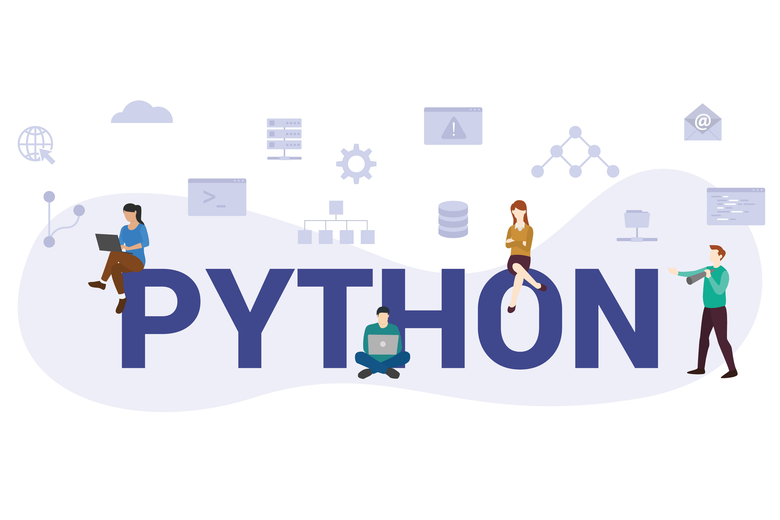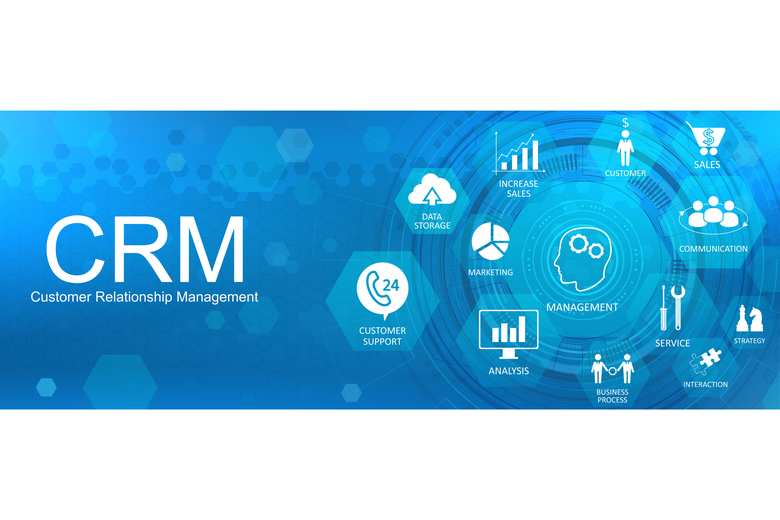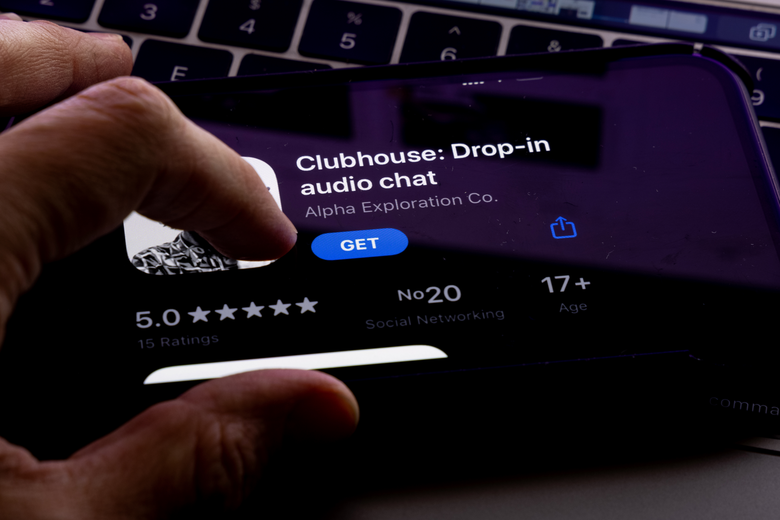
Jon Atkinson09/03/21
7 min read


One of the most challenging aspects of increased digitisation for charities is selecting the right platform mix to achieve desired outcomes.
In this article, we’ll delve into the types of platforms your charity should be considering using - if you’re not already - and the options available within each area.
As digitisation evolves and expands, so does the number of platform options. Staying on top of what is possible and what will work best for you can, understandably, feel overwhelming and an almost impossible job.
Larger charities are beginning to hire chief technical officers (CTOs) - NSPCC recently appointed their first one - to manage this area and the sector can expect to see this type of role become increasingly popular.
Let’s break down the most significant platform areas, highlight what is available in each of those and give you some advice on how to make your selection.
At the top of the platform priority list is the website; the window to your organisation.
In terms of charity web design, you’ll know of some key features you want, probably have a sense of what you want it to look like and maybe have a view on which platform you want it built on.
But one aspect which often gets missed is what is often described as ‘future-proofing’. This is where a website is built with the functionality and capability to handle significant changes down the line, whether that be through internal demands or to take advantage of changes in technology.
When discussing the British Heart Foundation’s ongoing digitisation efforts, the charity’s director of strategy and performance, Dr Charmaine Griffiths, told Charity Digital: “No part of our new strategy can be delivered without the new website. It’s the new virtual home of the BHF. From growing investment in life-saving research to helping even more people fight cardiovascular disease, we’re going to be bolder, braver and more focused to get the biggest impact from our work – and our new website will play a central role in this.”
Making a new website come to life for the here and now is one thing. Building it in such a way that it remains vibrant and can change with user expectations should be of high importance for charities in order to keep future costs at an acceptable level.
Why commit to building a new website every two to three years when you don’t need to?

Python-Django is ideal for charity sites
This is why - especially for larger charities - the Django web framework is the best solution as its under-pinning structure provides flexibility for changes and upgrades. You can read our detailed piece on why we recommend Django-Python here.
Of course, there are alternative website platforms which could be considered the right solution in different circumstances.
WordPress can be a great solution for smaller charities if you’re looking for something pretty simple to promote your organisation but security remains a concern and regular updates can cause performance problems.
Out-of-the-box platforms have become popular in recent years with Wix and Squarespace offering alternatives to WordPress. These are primarily used by small organisations requiring a straightforward online presence.
Alongside Django, more advanced options include the likes of Joomla and Drupal while e-commerce specialists Shopify and Magento are alternatives if you want an online shop for an additional revenue stream.
We’re biased, right? But we’re happy to be so because we wholeheartedly believe that the Django-Python combination is the best solution for those charities seeking to scale their digital efforts.
And this is the question that charities need to answer first: what do you want your website to be and achieve?
Do you want to go the BHF route and make it the centrepiece for the charity’s digital transformation and, therefore, the go-to place for supporters?
Do you want it to be a solid back-up to support other priorities? Or do you want it as a static ‘brochure site’ simply pointing out the goals, who it supports and key dates and contacts?
As an agency which believes in the opportunity for the digital world to do great things, we’re advocates of approach number one. With that in mind, the website needs to be scalable, flexible and easy to update.
If it is going to be at the heart of the charity then it needs to be:
And if there is one big area to avoid, we suggest it’s this: a website which is developed in such a way that only the company who built it can make what should be straightforward changes.
There is simply no excuse for this type of build anymore.

CRM systems are crucial for charities
Charities seeking to raise their digital game will, in all likelihood, invest in a CRM, a platform which allows them to keep track of external relationships.
While one of the primary uses of such a system will be to store and analyse donor information, a CRM can be used to keep organisational data all in one place.
Set-up correctly, it can hold interactions with contacts so staff asked to help with a project can view all touchpoints without the need to trawl through emails or contact absent colleagues.
It is useful for marketing purposes across multiple channels. For example, all those who have interacted with an email campaign can be added to a list to receive direct marketing collateral and thus potentially reducing wastage.
Equally, followers who have participated in a survey or - if integration is conducted correctly - those interacting on social media can be categorised.
The act of segmenting donors has a lot of potential for charities.
As previously mentioned, donations platforms are progressing and allowing followers to select where their money is spent.
Let’s say a charity has 10 live projects and donors have made their selection for where their money goes. The largest individual donors or the most regular donors to each project could be given their own exclusive access to the projects: meet and speak to people they’ve directly helped, see the progress or projects and, in turn, feel even closer to the organisation.
CRM systems can capture that donation data automatically and make it incredibly simple for charities to understand who is pledging their hard-earned money.
There are many CRMs on the market and finding the right one can feel overwhelming. For some initial help, Charity Digital has compiled this list based on charity turnover.
While choice is one factor, the one major frustration with a CRM system is not using it regularly and correctly and, as a result, making the assumption that it’s not worth having.
Such a platform requires commitment - from those implementing it and those being asked to weave it into their daily work.
The financial cost of it is one thing; the time required to make best use of it is arguably even more substantial.
We’ll be diving into CRMs and data analysis later in our charity digital transformation series.
Email is the oldest digital marketing tactic and continues to thrive because it continues to work.
In today’s world, email platforms integrate with CRMs, automation helps save time, segmentation allows organisations to send tailored messages to different audiences and some can even create campaign-specific landing pages with A/B split testing to improve performance.
Mailchimp is arguably the most well-known platform in this space and even its free package allows organisations to create email campaigns, forms and landing pages, provides a basic CRM and a relatively new feature is a basic website builder although this is unlikely to match the needs of charities.
In all likelihood, however, charities will need a paid-for account - there are three price points - and there’s a 15% discount for verified charities and not-for-profits.
Another widely-used platform is Campaign Monitor, which also offers a 15% discount for charities and not-for-profits and comes complete with templates, segmentation and scheduling.
Send In Blue, AWeber and Benchmark are just some of the other well-used platforms, Send In Blue arguably standing out by offering SMS text messaging and CRM functionality in its arsenal.

Charity Enterprise Resource Planning
Larger charities looking to take their digital transformation efforts really seriously may well have an ERP on their wish list.
Without getting too technical, ERP systems are used within organisations to bring data together in one place and streamline largely internal processes.
They can be used to help with the headaches of HR, provide CRM functionality and assist with grants management and financial transparency.
Data can be stored and managed on donors, volunteers and staff while the performance and budgets of multiple projects can be accessed in one place.
While such a system can be hugely valuable in the right hands, they’re not for the faint-hearted and charities will need a CTO or similar to set them up correctly and ensure they’re getting the most out of them.
A good finance management package is essential and the likes of Sage and Xero are widely used. Zoho is an interesting alternative, providing CRM functionality alongside its accounting capabilities.
With remote working likely to remain, even in part, in the future, ensuring collaboration within teams is vital. Microsoft Teams has really come into its own during multiple lockdowns and is continually adding new features.
Project management platforms can be a godsend when needing to store and manage all tasks required for a project. Trello is pretty intuitive for this but it’s also worth checking out the likes of Teamwork and TeamGantt while LiquidPlanner is a good choice for large organisations.
On the social media side of things, TikTok has been in the headlines for a while now and is still growing rapidly while new audio platform Clubhouse is one to watch and could be a great way for charities to discuss their plans and open up to followers. Think of it as a mini talk radio station which you control.
Digital platforms are increasing and adapting at an incredible rate, so much so that charities are creating new internal roles to help them stay on top of what they should invest in and highlight what’s possible.
From gaining a deeper knowledge on followers to streamlining internal processes to providing service delivery, they are fast becoming essential parts of all organisations.
While the sheer choice of what’s out there can be overwhelming, the benefits are numerous and can help us all get behind the idea of digital being a powerful force for good.

New social platforms worth consideration